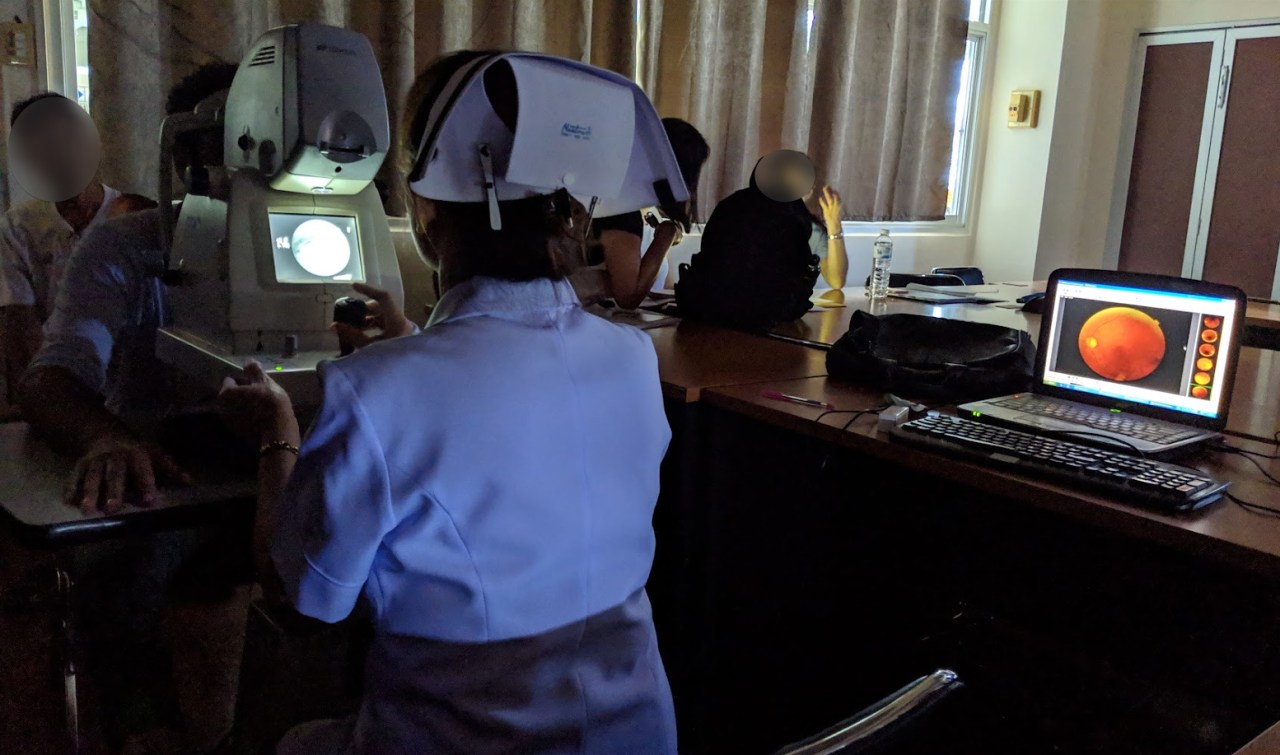Artificial intelligence has been hailed as a game-changer in numerous sectors, with healthcare sitting at the forefront of this revolution. The promise of detecting medical conditions with precision using AI tools has fueled the optimism surrounding technology in medicine. However, a recent journey through the practical application of an AI-driven diabetic retinopathy screening tool shines a spotlight on the gap between lab perfection and real-world implementation. It serves as a crucial reminder that the road to transforming healthcare with AI is fraught with challenges, as demonstrated by Google’s ambitious experiment.
The Vision of AI in Healthcare
Google Health’s initiative aimed to utilize a deep learning system to identify diabetic retinopathy (DR) from eye images, a leading cause of vision loss. Backed by exceptional lab results, claiming up to 90% accuracy, the tool held the potential to revolutionize screening processes, providing quick assessments that could empower nurses to act decisively for their patients. By substantially reducing the waiting time for evaluations from months to mere minutes, the promise was enticing — at least in theory.
The Reality Check: Disconnection Between AI and the Field
However, as the study transitioned from theory to practice in clinics across rural Thailand, the limitations of the AI system became glaringly apparent. Key factors led to obstacles that hampered the performance of this cutting-edge tool:
- Inconsistent Procedures: While a structured approach to capturing images existed, the execution varied greatly across the 11 clinics involved. The autonomy allowed to nurses caused a mismatch in processes, leading to discrepancies in the quality of image capture.
- Environmental Challenges: Many clinics lacked specialized rooms conducive to capturing the required quality of eye images. Only a couple had the facilities necessary to ensure optimal lighting, ultimately affecting the quality of images submitted to the AI system.
- Technical Limitations: Internet issues compounded the difficulties, with slow connections severely affecting the speed at which images were processed. In some instances, connectivity problems halved the number of patients screened, delaying crucial evaluations.
Patients’ Perspectives and Participation
As if the practical hurdles weren’t enough, the patient experience also suffered. The system, which hinged on immediate assessment, altered how nurses communicated with patients. Concerns around follow-up appointments led many to opt out of participating due to fears of systemic inefficiencies or unwanted hospital visits. Such hesitance portrayed a tension between rapid AI-driven insights and the existing healthcare paradigms.
Rethinking Approaches to AI Integration in Healthcare
While the results were undoubtedly disappointing, they provide valuable insights into the introduction of AI in complex healthcare systems. The key takeaway here is that while technological advancements hold immense potential, successful implementation must account for the realities of local practices and resource availability. The authors of the study aptly noted that a singular focus on technology glosses over the multifaceted nature of healthcare environments, including the motivations and workflows of every participant in the system.
Finding a Path Forward
Despite the challenges faced in rural Thailand, it is vital to acknowledge the positive aspects of the initiative. When functioning correctly, the AI tool provided unprecedented speed and clarity to the screening process. The conclusive detection of serious problems, if executed properly, significantly impacts patient outcomes and may ultimately secure timely interventions.
To pave the way for a more successful integration of AI like this within healthcare systems, stakeholders must:
- Emphasize Practical Training: Establish protocols that promote consistency in the application of AI tools, ensuring that nurses and clinicians are equipped with the knowledge to utilize technology effectively.
- Customize Solutions: Design AI tools with the end-user conditions in mind, leading to bespoke applications that cater to local challenges and existing workflows.
- Foster Open Dialogue: Encourage continuous discussions between technology creators and healthcare professionals to identify potential gaps in the AI’s operation and the realities of patient care.
Conclusion: The Balancing Act of Innovation and Reality
The lessons gleaned from this scrutiny are invaluable. They emphasize the essential notion that while AI holds transformative potential for healthcare, the pathway to its successful integration is filled with complexities that require careful consideration. At fxis.ai, we believe that such advancements are crucial for the future of AI, as they enable more comprehensive and effective solutions. Our team is continually exploring new methodologies to push the envelope in artificial intelligence, ensuring that our clients benefit from the latest technological innovations. For more insights, updates, or to collaborate on AI development projects, stay connected with fxis.ai.

